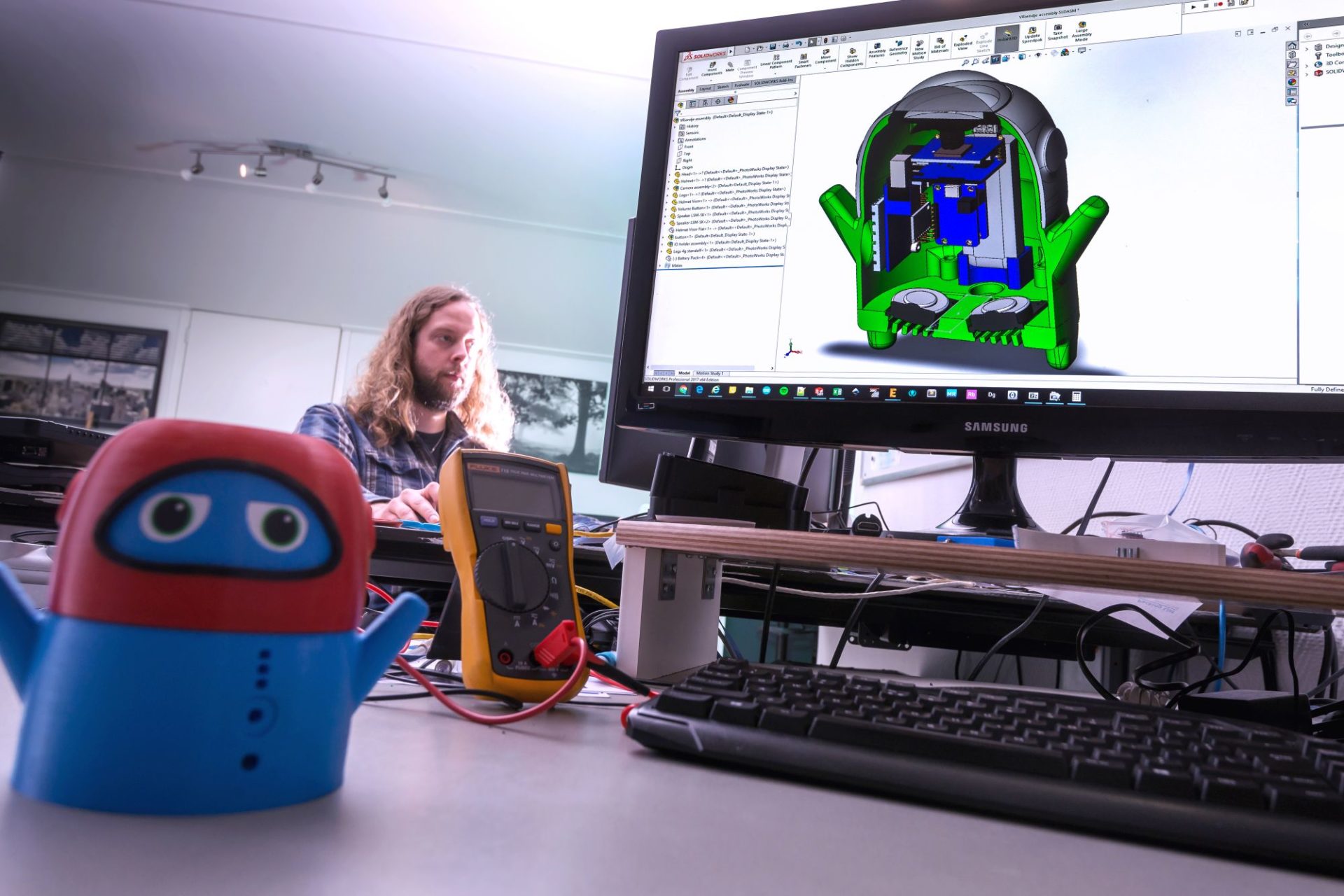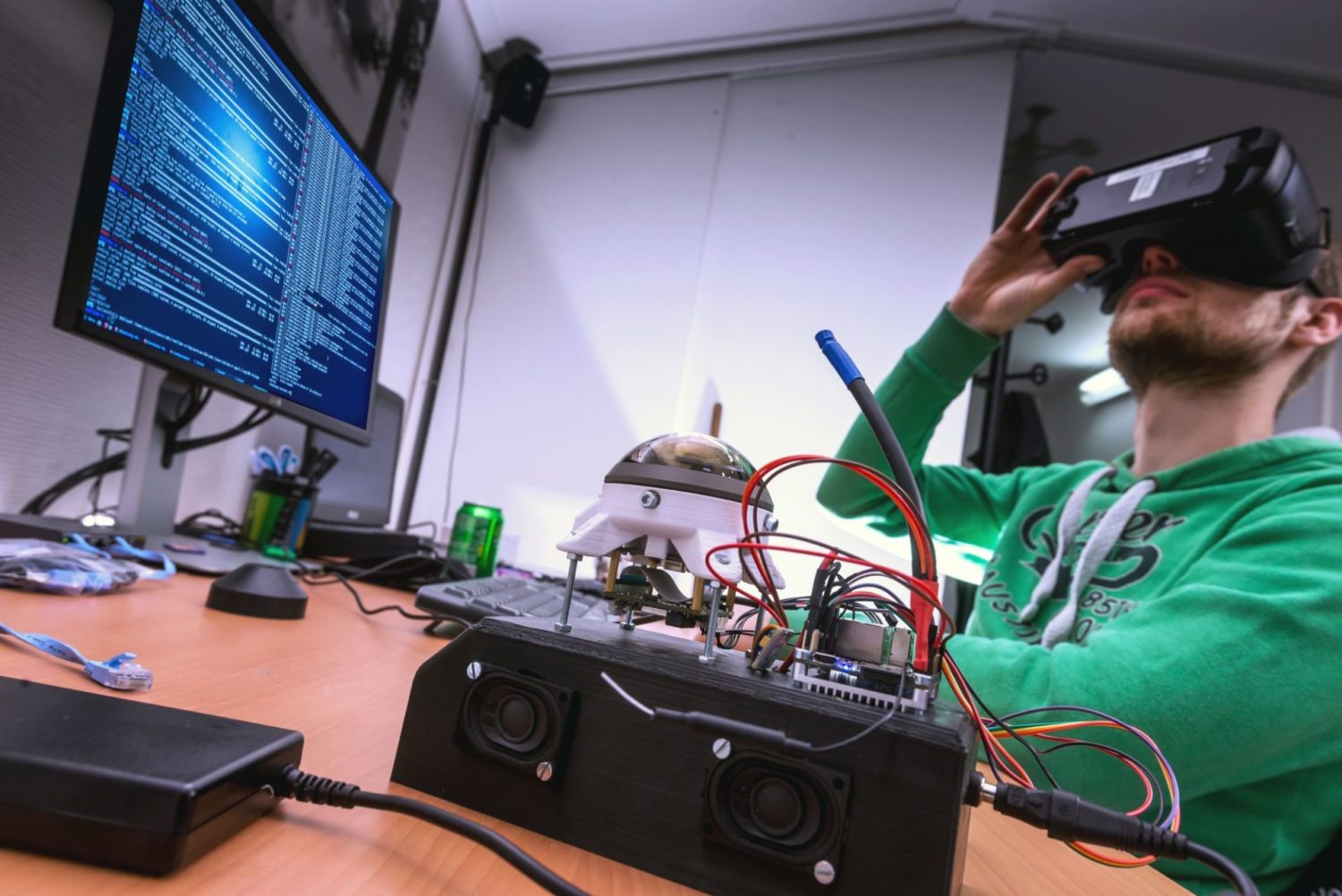The use of video images in data systems is taking off. This is a development to which Horus View and Explore, as the company is fully known, has explicitly contributed. Indeed, the software developer and system integrator from Groningen has been at the forefront of this field for some time.
Horus was founded in 2011 and has been growing solidly ever since. Constantly, companies and organizations from diverse sectors are showing great interest in the products of the Groningen-based company. From the mobile mapping market to healthcare and from engineering companies to the public safety domain. A diverse customer base, but with one common denominator: they are all looking for camera solutions that allow them to form an accurate picture of the environment. So that, if necessary, they can then take action. Video-based situational awareness, as Horus calls it.
Better and substantiated understanding
But what does recording high-resolution video footage of an environment actually offer clients? Well, a lot. It gives them a better and informed understanding of that specific area, allowing them to work (together) more safely, efficiently and effectively remotely.
For example, by enriching images with artificial intelligence (AI) for automatic object recognition, preventive maintenance is significantly simplified and improved. But also, in healthcare facilities, a patient can be remotely monitored in real time, including biofeedback sensor data. These are just some of the possible applications that can be built with Horus' so-called sensor fusing platform.
International market
For the first period, product development and business operations could be financed almost entirely from the company's own resources. Until more and more foreign parties approached Horus. Additional funds were needed to enable expansion, particularly in this international market. Among other things to strengthen the sales organization and to invest in the further development of the products. Simply because in the market in which Horus operates, rapid further development and an equally rapid market introduction are crucial. To help the company realize its growth ambitions, NOM decided to invest in Horus in 2016. Not without results, as the company has since gained a firm foothold worldwide.

Advanced techniques
Mapping environments accurately, recognizing objects and analyzing data intelligently does not happen overnight. It can only be done through thoughtful use of advanced technologies such as edge computing, low latency video streaming, sensor fusing and AI. And yes, at a time when technologies are rapidly evolving, it is difficult, especially for large corporates, to keep up, let alone lead the way. At the same time, combining and stacking such technologies usually results in long and, above all, costly R&D processes. And therein lies the strength of Horus. Or more precisely: the company helps system integrators and R&D departments to come up with smart and future-proof solutions faster.
Unprecedentedly fast
These are often processes that normally take many months, if not man-years, of software development. With the Horus platform, on the other hand, the desired result is achieved in no time. Making a car brake independently using infrared sensors? Whereas the market leader in infrared sensors thought it would take at least three months to do that, Horus got it done in as little as fifteen minutes. Another example. A while ago, the company approached one of the largest global players in the field of mobile mapping. The reason? Horus wanted to show them how, using AI and high-resolution imagery, they could bring their mapping systems back up to date. The client's reaction after the pitch was as surprised as it was delighted. There were only five months between the first pitch presentation and the first systems sold. An unprecedented short period, even for this major player, especially for systems that generate an expected annual turnover of several millions.
VRiendje
Horus, as mentioned, does more than just invent and develop industrial applications. The company has also earned its spurs in the healthcare sector. Take VRiendje, for example, an innovation that allows patients to virtually leave the hospital. So with the help of virtual reality and the Horus platform, they never have to lose contact with the outside world. After putting on VR glasses, VRiendje takes patients directly to where they most want to be at that moment. In the classroom, at home with the family, at the zoo or at that one party they wouldn't miss for anything. There is no lack of appreciation, quite the contrary. In 2019, for example, VRiendje was named the winner of the prestigious 5G award and thus crowned the most promising 5G innovation in the Netherlands.
Scaling up
And the NOM? It will remain unabatedly involved in the company. Because everything indicates that the growth, nationally and internationally, will continue for some time. And so there is a good chance that Horus will eventually scale up. With the support of NOM, of course.
Answer 4 simple questions to quickly find out if you may qualify for funding through NOM.
